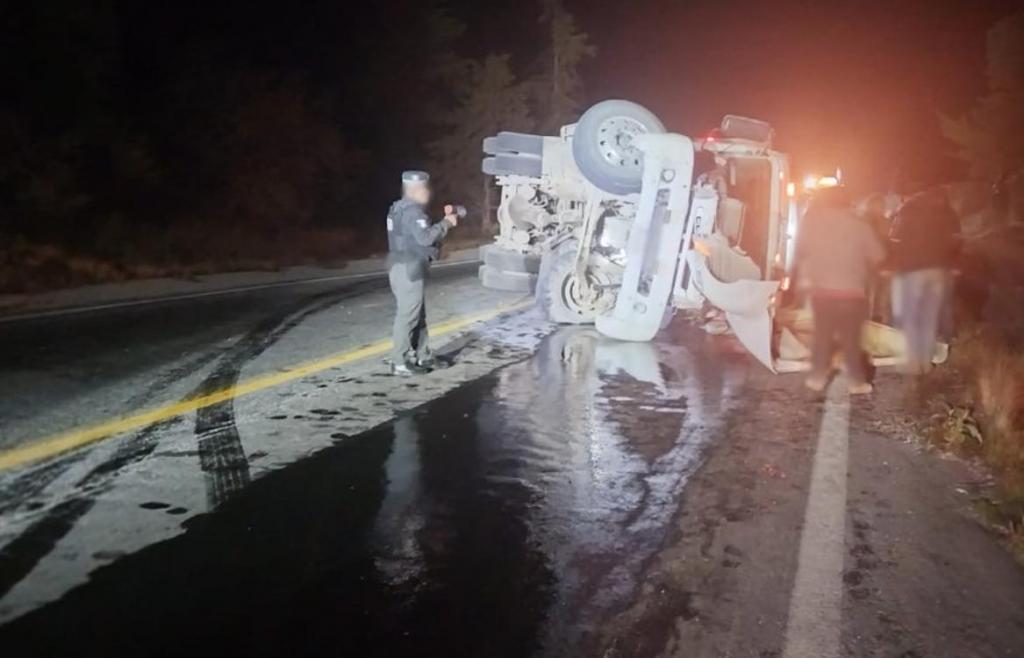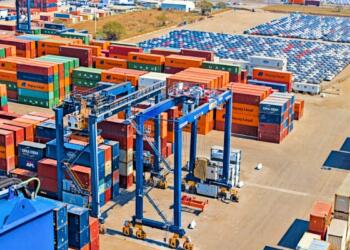At the end of last year the number of people killed due to road accidents amounted to 16,853 , according to figures from the National Institute of Statistics and Geography (Inegi) , which averages out to 13.1 deaths per one hundred thousand inhabitants.
These figures place Mexico in a complex situation, since the data from a previous year averaged 12.8 deaths, if it is taken into account that the average of the member countries of the Organization for Economic Cooperation and Development (OECD) was 5.3. for every 100 thousand inhabitants and the leading countries in road safety had an average of two deaths per 100 thousand inhabitants, in Mexico 6 times more people die from this cause than in the most advanced countries .
It should be noted that of the total deaths, it is estimated that a total of 338 were in a heavy vehicle, which means that 2.0% of the deaths were in this configuration of units.
Based on these data, Salvador Saavedra, president of the Automotive Industry Sector of the National Chamber of the Processing Industry (Canacintra) and founding partner of Entorno Industrial, explained that “there is a lot to do in this area . ”
Based on a statistic carried out by Entorno Industrial made with data from the Mexican Transport Institute (IMT) and Inegi, Saavedra detailed that from 2021 to 2023, 5,189 people have died above the target trend of reducing deaths due to road accidents. raised in the Decade for Road Safety 2021-2030 .
“With a cost for the country of four thousand 220 million dollars, this figure is notable because the General Law of Mobility and Road Safety (LGMSV) details that no money is allocated in the budget for issues of this Law, from my point of view. “From this point of view, resources should be allocated in such a way that we do not have these increasing numbers.”

The figures highlight the importance of taking fundamental actions, implementing what is established in the National Strategy for Mobility and Road Safety (Enamov) to achieve the goal of the Decade of Road Safety 2021-2023.
According to joint data from Inegi and the IMT, by 2023 there will be 400 thousand road accidents per year, on the other hand, just over 700 thousand vehicles were involved, of which just under five thousand were cargo vehicles (single trucks, articulated and double articulated) both on roads and in the city. It is important to note that the statistics that were published in the IMT Statistical Yearbook stopped reporting what was happening with the full configuration .
“In 2021 was the last time this data was reported, starting in 2022, unitary, articulated and double articulated trucks were unified in the cargo category,” Saavedra explained, while noting that it is important to recover the figures by type. of configuration, which will help to observe the areas of opportunity and the actions that are taken to have more security in each of the different configurations.
Given this reality, Saavedra explained that it is necessary to have a safe transit system, which addresses the incorporation of multimodal transportation and better use of land, as well as safer transit and mobility routes, coupled with safer vehicles with users are increasingly aware of safety, and in the event that these four factors fail, it is important to have an effective response to accidents.
On the other hand, the president of the Automotive Industry Sector of Canacintra, proposed that to contribute to reducing the risk of collisions on roads it is necessary to make the country’s road infrastructure more efficient and take examples from more advanced countries , so that they are transferred practical solutions to the country.
For example, 2+1 roads that have three lanes, one for each direction of traffic, and another central one, intended for overtaking, which alternates between one direction of traffic and the other and both directions are separated by a physical barrier. . Or highways could also be equipped with a “virtual” third lane for passing, even in a non-permitted area.
















